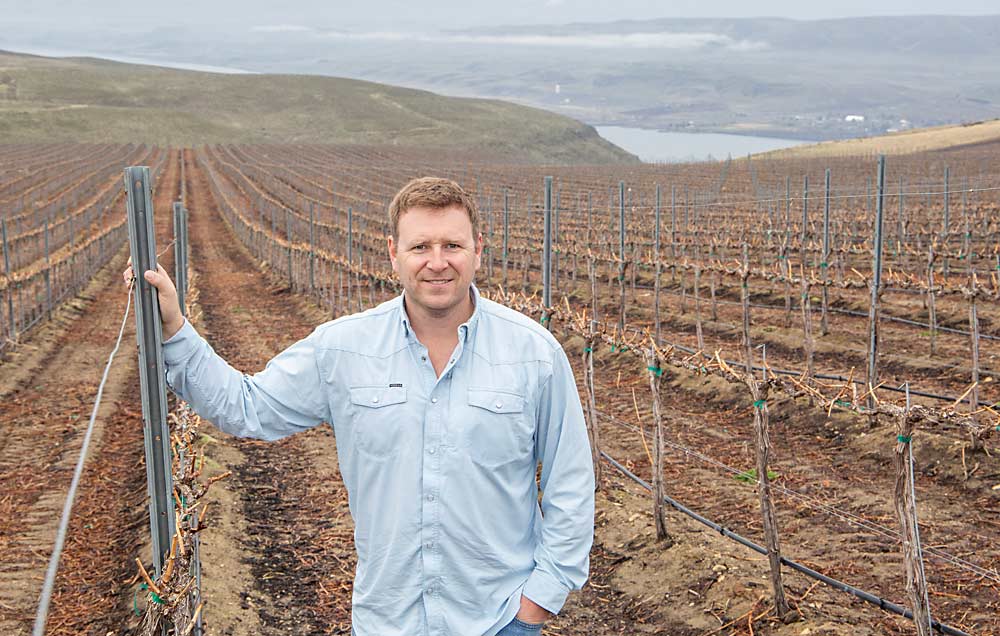
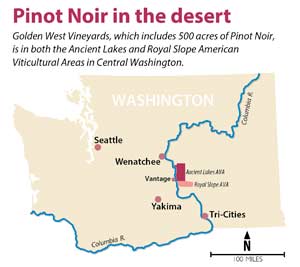
A wine company known for risky ventures and a Central Washington farming family with more experience in beans, onions and wheat have teamed up to go all-in on a variety traditionally produced in cooler, wetter climates.
Under the tutelage of House of Smith wine company, Steele Brown and his family have, within a few years, ramped up production of Pinot Noir to 500 acres in the remote, arid hills of Central Washington near Vantage.
“It’s a grape to me,” said Brown, part of his family’s third-generation owners. “I don’t know any better.”
Brown, a Washington Winegrowers Association board member, exaggerates only a little.
He first stuck his toes in the grape business with some Cabernet Sauvignon and Merlot in 2015, when contracts were relatively easy to come by. The next year, as the market began veering into oversupply, he struck up a conversation with Brennon Leighton, vice president of winemaking and vineyards for House of Smith, a Seattle producer known for edgy brand names.
House of Smith had been searching for a good Pinot Noir location in Washington. They started with 35 acres, figuring the 1,600-foot elevation and Columbia River breezes of the Brown ranch would fit the variety, traditionally produced in damper climates such as Oregon’s Willamette Valley or the Northern California coastline. The soils are a healthy combination of caliche and basalt, and the undulating slopes provide good air drainage, Leighton said.
Happy with the results, House of Smith has contracted for another 100 acres each year since then, using Brown’s Pinot Noir for the company’s Substance label. The sprawling vineyard now straddles the Ancient Lakes and Royal Slope appellations.
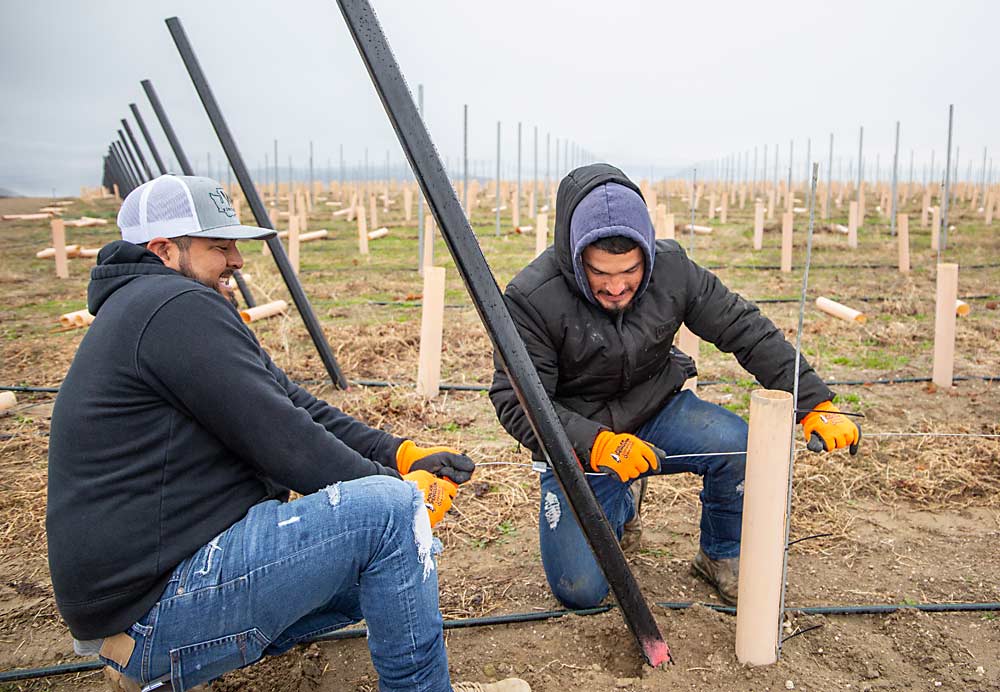
The novelty of going big on a variety untested in Washington only played into the winemaker’s maverick brand.
“People already think we’re kind of crazy,” Leighton said.
The winemaker ramped up production from 5,000 cases to about 30,000 cases within just a few years. Bottles sell for between $15 and $20, which the company considers its sweet spot, Leighton said.
The partners would like to keep going, too. Leighton figures the Browns have room for 2,000 more acres of Pinot. For one thing, Brown’s location is almost exactly 47 degrees latitude, the same as Burgundy, France, the cradle of Pinot Noir.
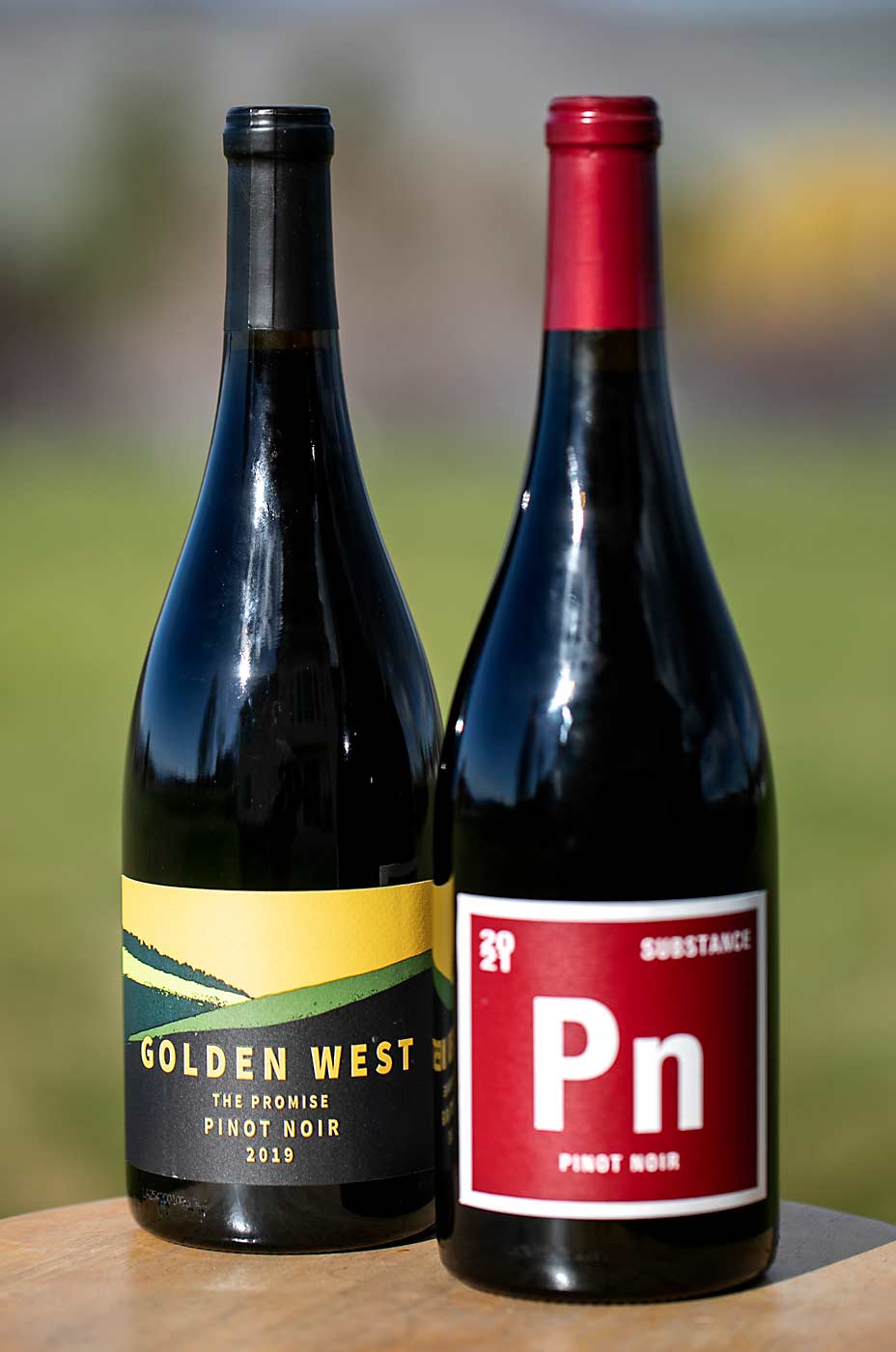
Meanwhile, Washington has microclimates that can grow a wide array of varietals, said Josh Lawrence, a veteran grower from the nearby Royal Slope appellation and owner of Gard Vintners. Even within the Royal Slope, one of Washington’s newest American Viticultural Areas, temperatures and conditions vary.
One of his vineyards, Stoneridge, sits on a lower-elevation, southern-sloping hot site within the Royal Slope AVA and produces Syrah, Malbec, Cabernet Sauvignon and other high-temperature varieties. He would never try Pinot Noir there, he said, but he has about 6 acres higher up and is considering planting more there on a northern-sloping hill. By Washington standards, it’s a cool site.
“Maybe we’re just crazy enough to grow it,” he said.
—by Ross Courtney

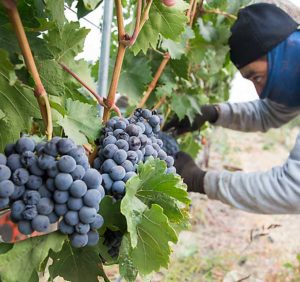





Leave A Comment